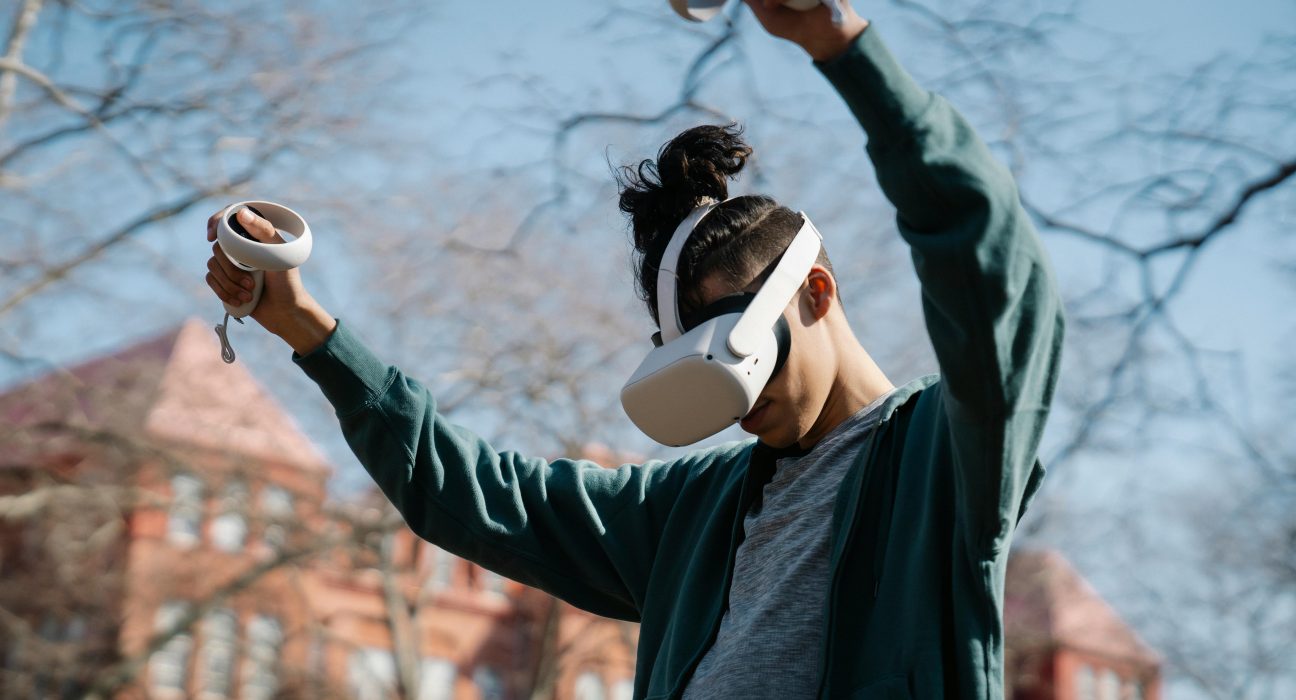Understanding VR: The Use of Computer-Generated Technology in Virtual Environments

Virtual Reality (VR) is a cutting-edge technology that creates immersive, computer-generated environments where users can interact with a three-dimensional world. This technology has evolved rapidly, transforming the way we experience digital content, from gaming and entertainment to education and training.
What is VR?
VR, or Virtual Reality, involves the use of advanced computer technology to create simulated environments that can mimic real-world settings or present entirely fictional worlds. By wearing a VR headset, users are transported into these virtual environments, where they can look around, move, and interact as if they were physically present.
Key Components of VR:
- Headsets: Devices like the Oculus Rift, HTC Vive, or PlayStation VR that provide the visual and auditory experience.
- Controllers: Handheld devices that allow users to interact with the virtual world, such as picking up objects or navigating through space.
- Sensors: External devices or built-in systems that track the user’s movements and translate them into the virtual environment.
Applications of VR
- Gaming and Entertainment:
- VR has revolutionized gaming by offering fully immersive experiences where players can explore game worlds from a first-person perspective. Beyond gaming, VR is used in virtual concerts, interactive storytelling, and virtual tours of museums and landmarks.
- Education and Training:
- VR provides a powerful tool for education, allowing students to explore historical sites, conduct virtual science experiments, or practice complex procedures in a risk-free environment. It’s also widely used for training in industries such as medicine, aviation, and the military.
- Health and Therapy:
- VR is being used in therapeutic settings to treat conditions like PTSD, anxiety, and phobias. It allows patients to confront and manage their fears in a controlled, safe environment.
- Real Estate and Architecture:
- Virtual tours of properties and architectural visualizations are becoming standard in real estate and construction. VR allows clients to explore buildings before they are built, offering a realistic sense of space and design.
- Social Interaction:
- Social VR platforms enable people to meet and interact in virtual spaces, transcending physical limitations. Users can attend virtual events, hang out with friends, or even collaborate on work projects.
The Future of VR
As VR technology continues to advance, its applications are expected to expand further, becoming more integrated into everyday life. Improvements in hardware, such as more comfortable headsets and better graphics, will enhance the user experience, making VR more accessible to a wider audience.
Conclusion
Virtual Reality represents a significant leap forward in how we interact with digital environments. By harnessing computer-generated technology, VR offers immersive experiences that are transforming entertainment, education, healthcare, and more. As technology continues to evolve, VR has the potential to reshape our world in ways we are only beginning to imagine.











